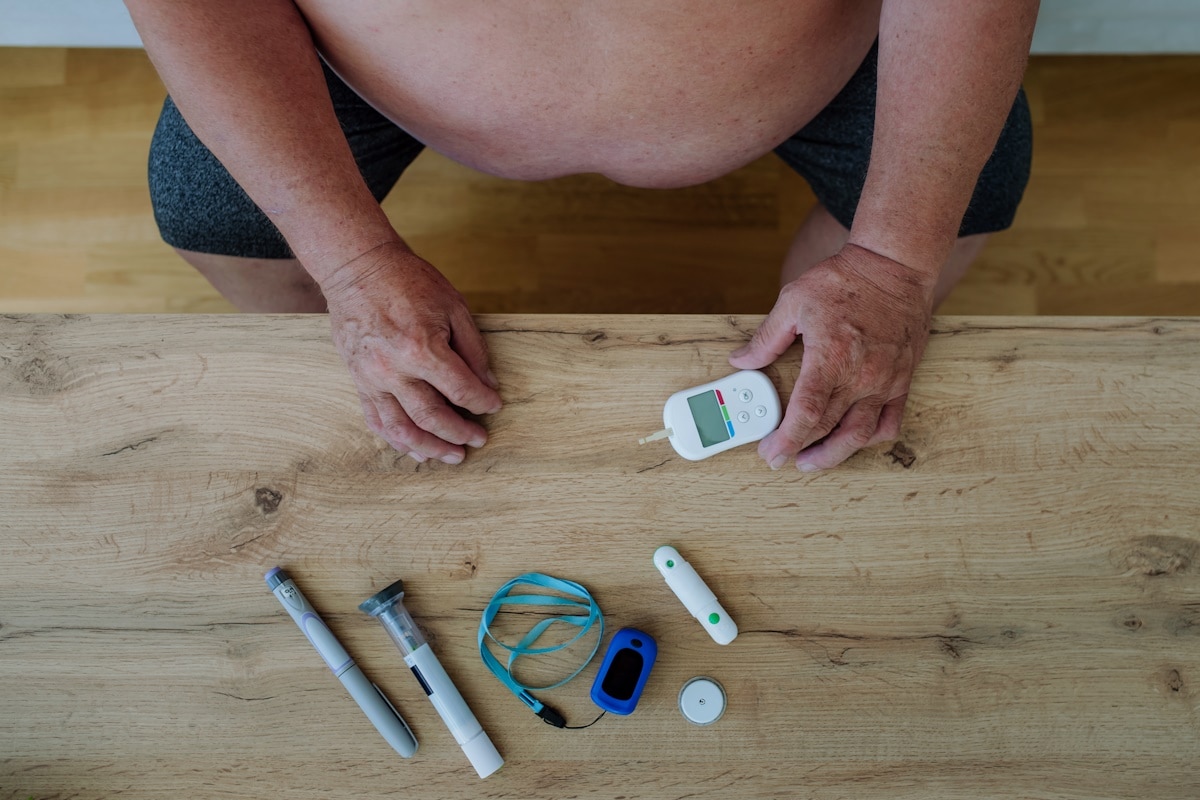The prostate, though small and often overlooked, has a significant part in the male reproductive system. Its primary functions include nourishing semen and facilitating the smooth passage of sperm through the urethra. This gland collaborates closely with the penis and testicles to support fertilization. However, its location adjacent to other urinary organs, notably the bladder, underscores its significance in urogenital health. As men age, they are more likely to experience prostate issues, which may result in conditions such as benign prostatic hyperplasia (BPH), commonly known as an enlarged prostate.
While the exact etiology of BPH remains incompletely understood, certain factors, such as diabetes, can heighten the risk. Exploring the interplay between these seemingly disparate conditions sheds light on their relationship and its implications. Understanding both enlarged prostate and diabetes, along with their potential impact on each other, is essential for devising effective treatment strategies.
Understanding BPH
This prostate, roughly the size of a walnut, is intricately connected to your urinary system. Positioned just below the bladder, it surrounds the urethra, the conduit for both semen and urine as they exit the body. An enlarged prostate can manifest in various urinary issues, including difficulty initiating urination, urinary incontinence, changes in urine color or odor, dribbling during urination, and challenges fully emptying the bladder.
While the cause of this BPH is not entirely understood, it is commonly associated with a decline in testosterone levels alongside stable estrogen levels in the body as men age. These hormonal shifts, often occurring with age, are suspected to spur the proliferation of prostate cells, contributing to the development of an enlarged prostate.
How Diabetes Influences BPH
Diabetes presents a spectrum of complications, ranging from vascular damage and impaired blood circulation to nerve dysfunction. Given its systemic impact, some of its symptoms can exacerbate those associated with BPH. Although the precise correlation between the two conditions is not fully elucidated, research indicates that individuals coping with both diabetes and BPH tend to experience more severe symptoms compared to those with either condition alone, including a reduced urine flow rate.
One potential nexus between diabetes and BPH lies in the presence of insulin-like growth factor (IGF) in prostatic tissue. Given that diabetes disrupts insulin balance within the body, a shared pathway is presumed to exist. Moreover, diabetes heightens the susceptibility of older men to BPH and urinary tract infections (UTIs).
Managing Mild Symptoms of Benign Prostatic Hyperplasia
Mild symptoms of benign prostatic hyperplasia (BPH) can be effectively addressed through a variety of medications aimed at easing urethral tension and regulating the production of dihydrotestosterone (DHT), a hormone implicated in prostate gland enlargement. In addition to pharmaceutical options, minimally invasive procedures are available. However, in cases of severe symptoms, surgical interventions such as transurethral resection of the prostate (TURP), transurethral incision of the prostate (TUIP), and GreenLight™ laser therapy may be necessary.
Managing Both Conditions
For individuals grappling with both BPH and diabetes, prioritizing diabetes management is paramount for overall health and alleviation of various symptoms.
Dr. David Samadi is the Director of Men’s Health and Urologic Oncology at St. Francis Hospital in Long Island. He’s a renowned and highly successful board certified Urologic Oncologist Expert and Robotic Surgeon in New York City, regarded as one of the leading prostate surgeons in the U.S., with a vast expertise in prostate cancer treatment and Robotic-Assisted Laparoscopic Prostatectomy. Dr. Samadi is a medical contributor to NewsMax TV and is also the author of The Ultimate MANual, Dr. Samadi’s Guide to Men’s Health and Wellness, available online both on Amazon and Barnes & Noble. Visit Dr. Samadi’s websites at robotic oncology and prostate cancer 911.


